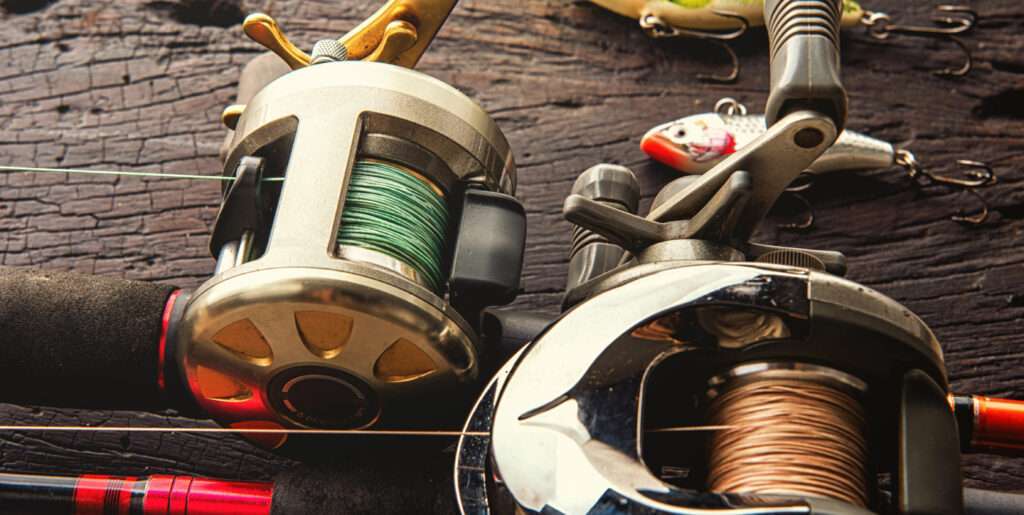The curved deck of some kayaks, which makes it comfortable to sit in the boat and paddle, creates a challenge when installing a rod holder that usually requires a flat area for mounting. Most kayaks has four relatively flat places to mount a rod holder. You can install a holder on the flat workstation between the knees of either paddler, on the bow of the kayak near the deck bungee or on the stern platform.
Instructions
Difficulty: Moderate
Things You’ll Need:
- Drill
- Screw bit
- Stainless steel screws, 1/4-by-1 inch
- Marine silicone sealant
Step 1
Select a location for the installation of your rod holder. Consider two factors: ease of access to your rod, and ease of paddling. If you mount the rod on the bow, access is limited to the bow paddler. Likewise for the stern. Mounting the rod holder on the flat platform between your knees gives you installation access, but interferes with paddling.
Step 2
Position the rod holder’s base plate on the hull where you want to install it. Make sure the plate sits flat on the kayak. Because of the flexibility of plastic, a little gap, no more than 1/4 inch, will snug up, but larger gaps result in a wobbly mount.
Step 3
Place a stainless steel screw into each of the base plate’s screw holes. Most base plates have four holes for screws.
Step 4
Drill the screws into the kayak with a screwdriver bit. Stop after the screws penetrate the hull halfway.
Step 5
Caulk around the area with a marine silicone sealant where the screws penetrated the hull. The sealant helps prevent water from seeping into the hollow interior of your sit-on-top kayak.
Step 6
Screw the base plate to the hull with your drill. Make sure everything is snug to the hull. If there are any gaps between the base plate and the hull, remove the nearest screw and drill it into the hull again. This should close the gap.
Step 7
Mount the rod holder to the base plate. It’s often as easy as sliding the holder’s base into a hole on the base plate, but the connection depends on the rod holder model.
Tips & Warnings
Fishing line, especially heavy test, presents an entanglement and entrapment hazard. Be prepared to cut yourself out by having a fixed-blade knife handy.

